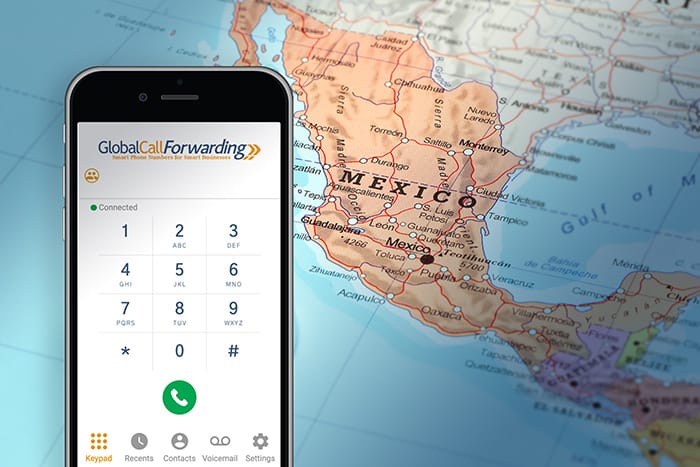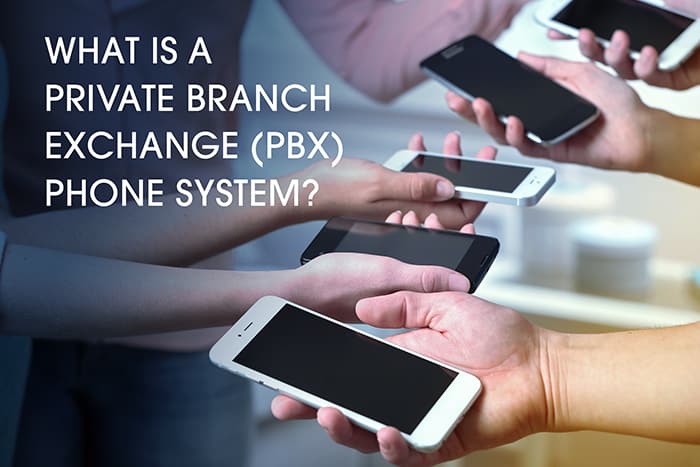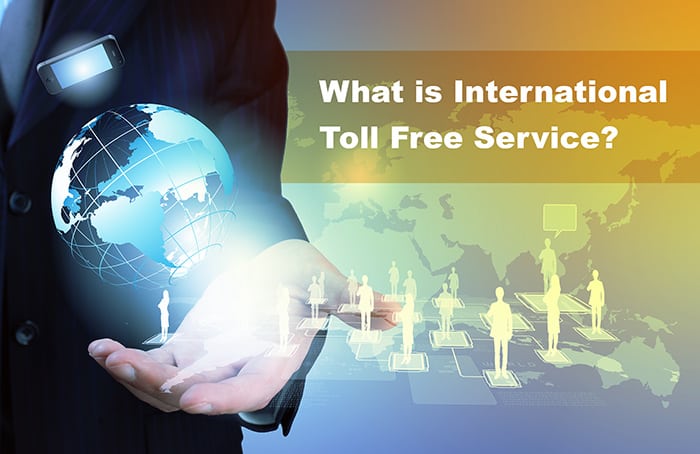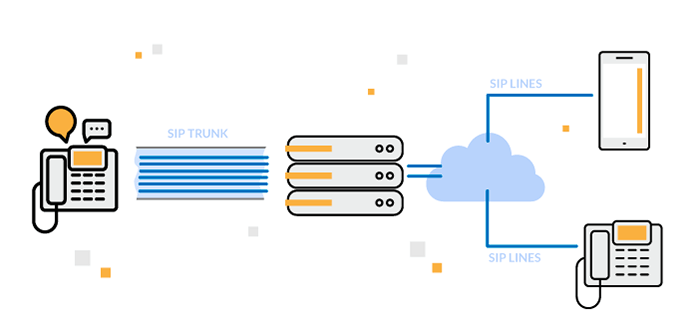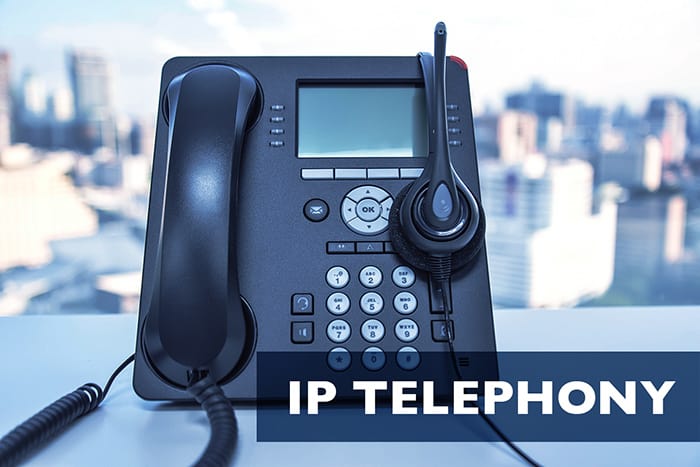A well-functioning business VoIP system ensures that your business stays connected with customers and clients, no matter where you are located. But an important part of using VoIP numbers or a VoIP phone system is to make sure your call quality is efficient and not compromised. In this post, we will look at how to measure and improve VoIP call quality.
What Are the Most Common Issues With VoIP Call Quality?
Before we delve into how to measure and improve VoIP call quality, it is imperative to first understand what are the causes of poor VoIP quality. There are a few different factors affecting the quality of your voice over IP system. Fortunately, these VoIP issues are easy to fix.
So, what are the major causes of poor VoIP quality?
1. Latency
Latency refers to lag or delay that occurs between a speaker and receiver. In other words, there is a delay between the time the speaker says something and the receiver hears it. This results in echoes or speakers speaking over each other. While latency doesn’t affect the VoIP call quality, it does make it difficult to communicate effectively, leading to frustration and confusion.
2. Jitter
Jitter occurs when a data packet is delivered later than the rest of the packet. VoIP and SIP calls occur through the transmission of data packets from one user to the next. A data packet can take various paths through the interweb to reach its destination. Furthermore, all the packets may not take the same path which can lead to one or two packets arriving later than the rest. High levels of VoIP jitter can result in bad call quality and missing or jumbled audio.
3. Packet loss
Packet loss refers to the loss of data packets during transmission. There are a few different types of packet loss:
- Completely lost and never reaches the destination
- Arrived late, therefore discarded
- Contain errors, therefore discarded
- High packet loss leads to bad call quality as pieces or chunks of audio are missed or are hard to decipher.
4. Poor internet connection
Since VoIP calls occur over the internet, having a strong internet connection is essential to the proper functioning of your business phone system. If your ISP is optimized merely for surfing the internet and uploading or downloading files, then you won’t have even bandwidth for speedy VoIP connections and transmission of data packets. You can use online speed testing tools to get a good understanding of your internet capabilities such as:’
- Upload speeds
- Download speeds
- Jitter times, etc.
How is VoIP Quality Measured?
The Mean Opinion Score (MOS) is the leading tool to measure VoIP call quality. MOS measures subjective call quality and its scores range from 1 (bad VoIP quality) to 5 (excellent VoIP quality).
Some standards and metrics to consider when measuring VoIP include:
- The ITU standards P.861 (PSQM) and P.862 that state how MOS scores should be calculated.
- The ITU standard P.563 that calculates call quality passively and includes an R factor to estimate a MOS score.
- PESQ and PAMS methods that need a license from Psytechnics.
- Cisco IOS that has built-in tools to measure metrics and estimate MOS during test calls.
How Do I Test VoIP Quality?
In order to test VoIP call quality, you will have to monitor network latency, jitter, and packet loss. VoIP quality tests will enable close monitoring of calls. Call details, activity reports, and alerts can help you identify areas that need improvement or solutions.
What is a Good MOS Score?
MOS measures VoIP quality by assessing the user’s opinion of the call’s quality to score it. On a scale of 1 (bad) to 5 (excellent), a good score for VoIP calls falls between 3.5-4.2 range. This is what a MOS chart looks like:
| MOS | Quality | Issue |
| 5 | Excellent | Perfect quality |
| 4 | Good | Less perfect; may include some loss of quality |
| 3 | Fair | Slightly strained quality |
| 2 | Poor | Strained quality |
| 1 | Bad | Heavily strained quality |
7 Ways to Improve VoIP Call Quality
So, how can you improve VoIP quality, and what are some helpful troubleshooting methods? Here is a list of 7 ways to fix your VoIP call quality:
1. Check your internet speed
The first step to ensuring high VoIP call quality is choosing the right internet service provider. Make sure you have enough bandwidth for VoIP calls and regularly test your internet speed using online testing tools.
2. Check network & equipment configuration
One of the top troubleshooting methods is to check if your network and equipment are properly configured. A network that is not properly configured can negatively affect call quality. This is especially true if you are transmitting voice and data.
3. De-jitter your VoIP
Jitter is often a result of network congestion, packet lags, configuration issues, etc. The best way to combat jitter is to invest in a de-jitter buffer such as a router or Edge device that receives a Real-Time Protocol (RTP).
4. Check your cabling
Most of the current cabling for phone communication and data transmission is a CAT 5 or higher. Ensure your phone system has the right wiring and cabling for its purpose.
5. Choose good handsets
Another quick and easy troubleshooting method is to get new and improved headsets. Low-quality headsets can easily hinder call quality and make simple communication difficult and unclear. Get good headsets for your employees so they have the best tools to work with.
6. Avoid hubs on your local access network (LAN)
A LAN with multiple hubs can result in low call quality. The recommendation is that each phone is individually connecting to the switch.
7. Determine whether “crackling” is because of faulty wiring or hardware problems
Lastly, if you are experiencing “crackling,” it is important to identify where it is coming from so you can fix it appropriately. Are all lines experiencing crackling? Are cords not properly or tightly plugged in? And so on.
Improve VoIP Quality and Enhance Business Communication
One of the top reasons why businesses are switching to Voice Over IP is because issues related to these phone systems are easy to identify and fix. Ready to switch to VoIP for business? Call us today to find out how our VoIP service can benefit your small business!
 Network & Reliablity
Network & Reliablity Country Coverage
Country Coverage Testimonials
Testimonials Customer Stories
Customer Stories Local 2-Way Voice
Local 2-Way Voice Toll Free Numbers
Toll Free Numbers Local Phone Numbers
Local Phone Numbers Toll Free FlexDial
Toll Free FlexDial BYOC
BYOC Outbound Calling
Outbound Calling SIP Trunking
SIP Trunking Call Forwarding
Call Forwarding AI Call Insights
AI Call Insights Call Transcription
Call Transcription IVR Auto-Attendant
IVR Auto-Attendant Analytics & Reporting
Analytics & Reporting Call Recording
Call Recording Time-of-Day Routing
Time-of-Day Routing Voicemail
Voicemail Salesforce
Salesforce HubSpot
HubSpot Zoho
Zoho  MS Teams
MS Teams  Genesys PureCloud
Genesys PureCloud 3CX
3CX ZenDesk
ZenDesk  Intercom
Intercom Gorgias
Gorgias Onboarding
Onboarding Knowledge Base
Knowledge Base Blog
Blog
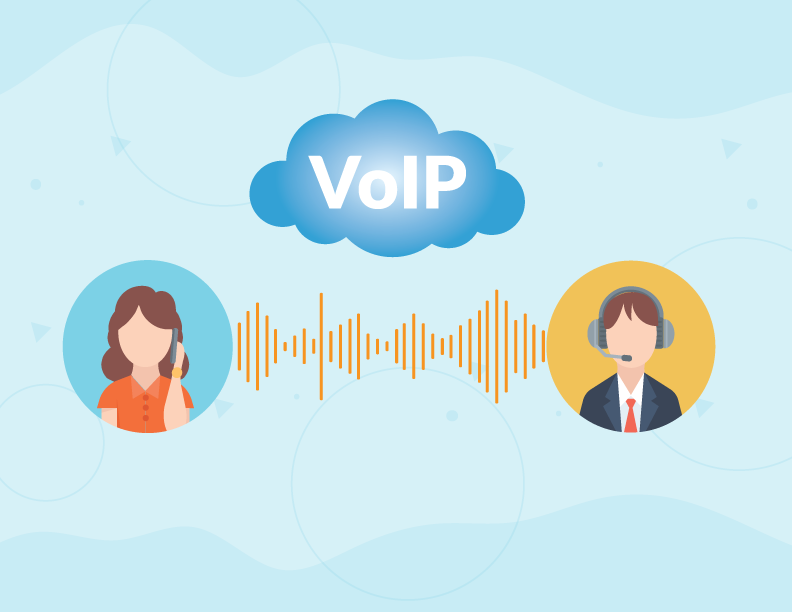

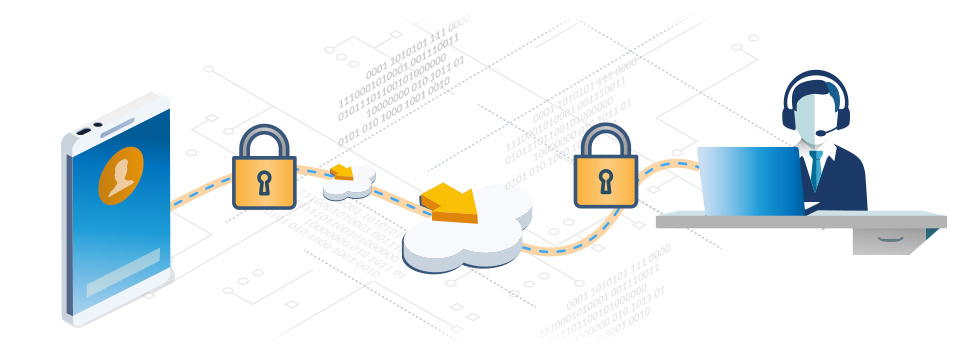
![Best Hong Kong Virtual Number Providers [2025]](https://www.unitedworldtelecom.com/wp-content/uploads/2020/08/Hong-kong-virtual-number-providers.jpg)
